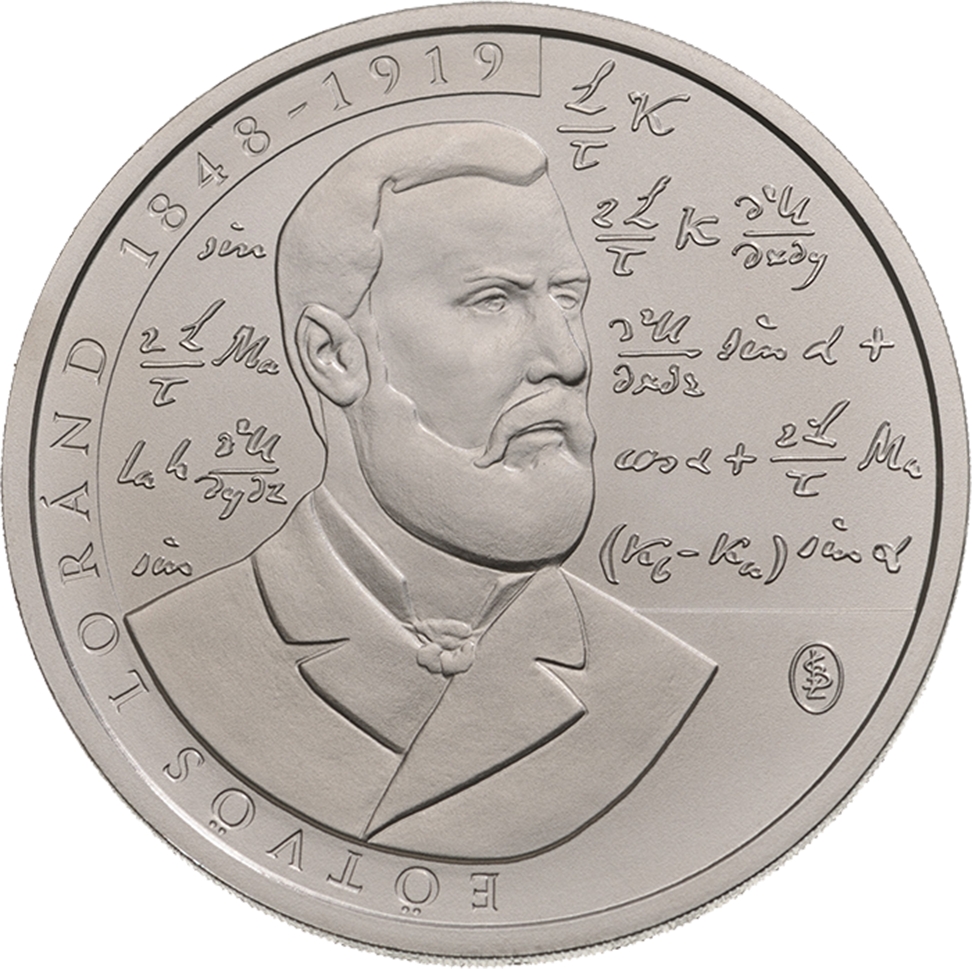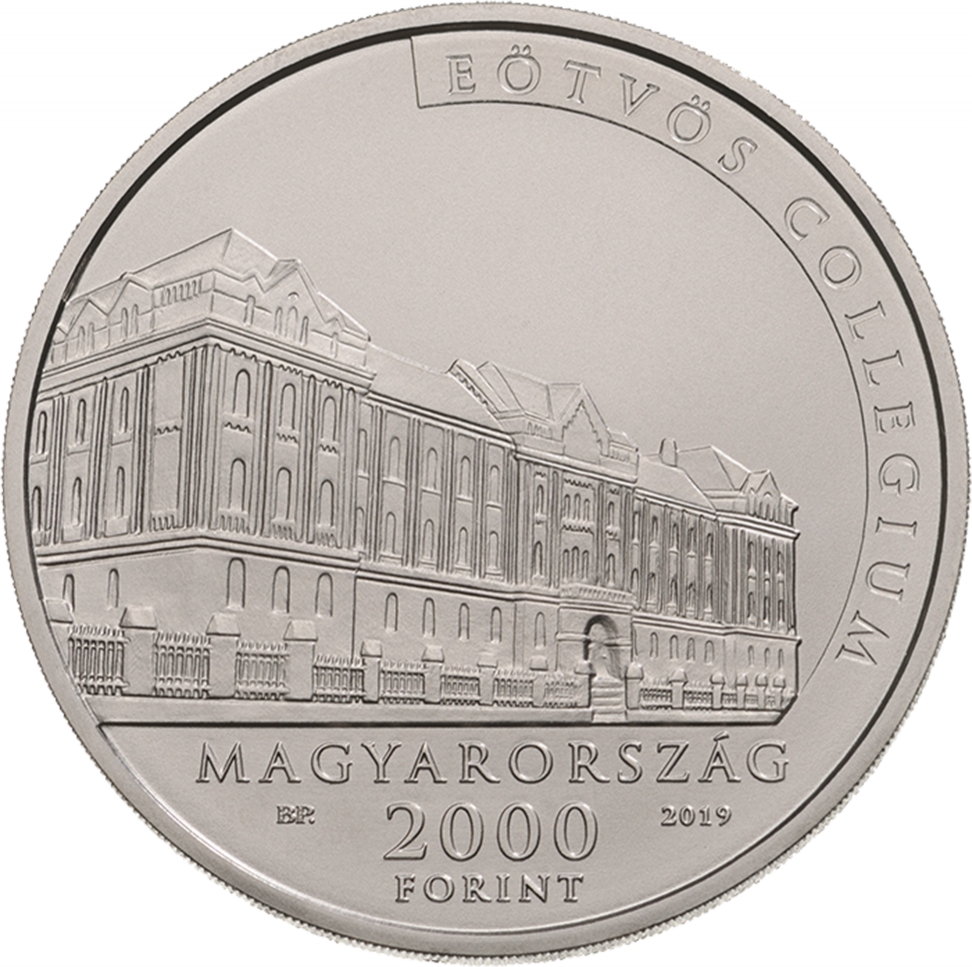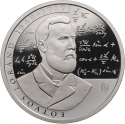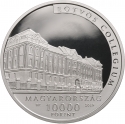You are about to finish your registration. Please check your mailbox (including spam folder). There should be a letter with a confirmation link. Check setting to make sure that your e-mail address is correct.
Send letter againDescription
Baron Loránd Eötvös de Vásárosnamény (1848-1919), commonly known as Loránd Eötvös, was a distinguished Hungarian physicist and geophysicist. He made substantial contributions to the fields of physics and geophysics, particularly in the areas of gravitational studies and surface tension, and is credited with inventing the torsion pendulum.
Eötvös is most renowned for his groundbreaking work on gravitational anomalies and for developing the Eötvös torsion balance, a highly sensitive instrument used to measure gravitational variations. His experiments with the torsion balance led to the discovery of the Eötvös effect, which links gravity differences to geological variations. His research revolutionized geophysical exploration methods, greatly improving our understanding of the Earth's internal structure and facilitating the exploration of minerals and petroleum.
In addition to his scientific achievements, Eötvös was a respected academic, serving as a professor at the University of Budapest. His legacy extends beyond Hungary, with numerous awards, institutions, and scientific concepts named in his honor.
Engraver: Borbála Szanyi
Obverse

|
Depicts a half-length portrait of Loránd Eötvös, with a background featuring a series of equations describing the four characteristic quantities of spatial variations in gravitational attraction, written in Eötvös's own handwriting. On the left edge, in a semicircular inscription bordered by a contour, is the text "EÖTVÖS LORÁND 1848-1919," and on the right side is the engraver's privy mark. EÖTVÖS LORÁND 1848-1919 |
|---|---|
Reverse

|
Depicts the Eötvös Collegium building. On the right edge, in a semicircular inscription bordered by a contour, the text "EÖTVÖS COLLEGIUM" is visible. In three lines beneath the depiction, centered, the inscription "Hungary", the denomination, and the text "FORINT" are arranged, with the mint mark "BP." to the left of the denomination and the issuance year "2019" to the right. Inside the mint mark, under at least tenfold magnification, microtext depicting letters corresponding to the letter of the mint mark is visible. EÖTVÖS COLLEGIUM |
| Edge |
The motto of the Eötvös Collegium used today, "THE SPIRIT IS FREE TO SERVE", runs around its heavily knurled rim SZABADON SZOLGÁL A SZELLEM |
Characteristics
| Type | Commemorative Issue (Non-circulating) |
| Material | Copper Nickel |
| Weight | 30.8 g |
| Diameter | 38.61 mm |
| Thickness | - |
| Shape |
|
| Alignment | Medal |
| Mint |
Budapest Mint (BP)
|
Related coins
100th Anniversary of Death of Loránd Eötvös



